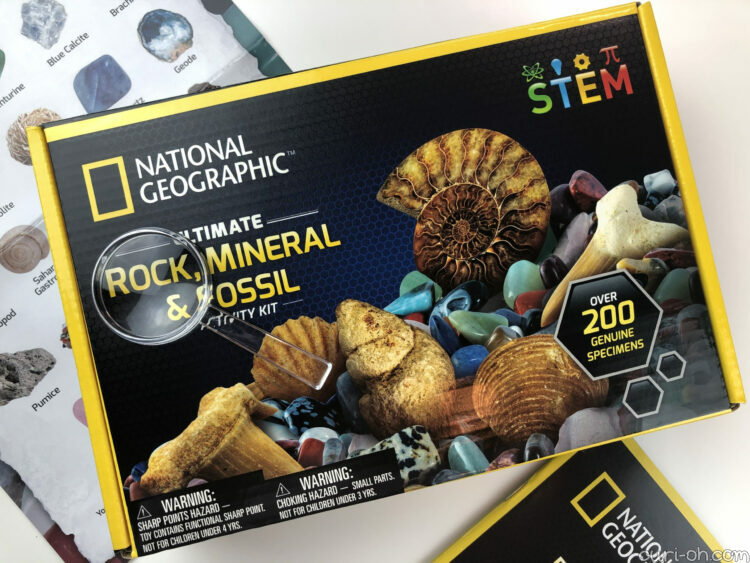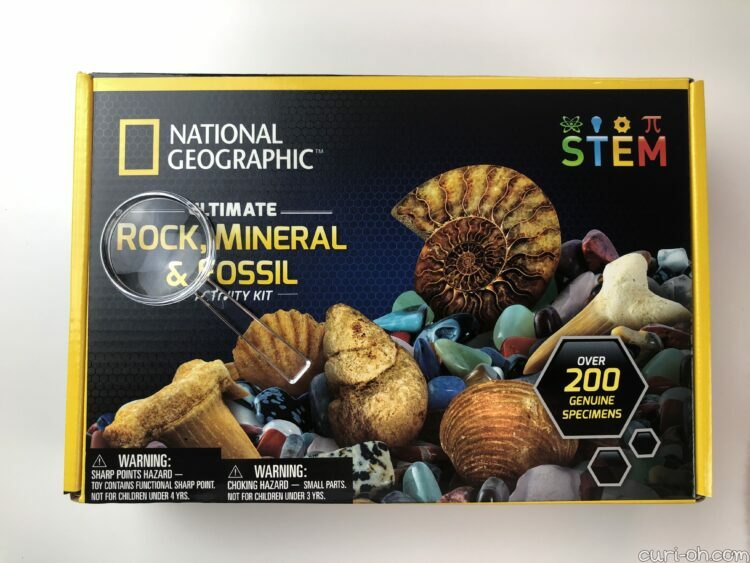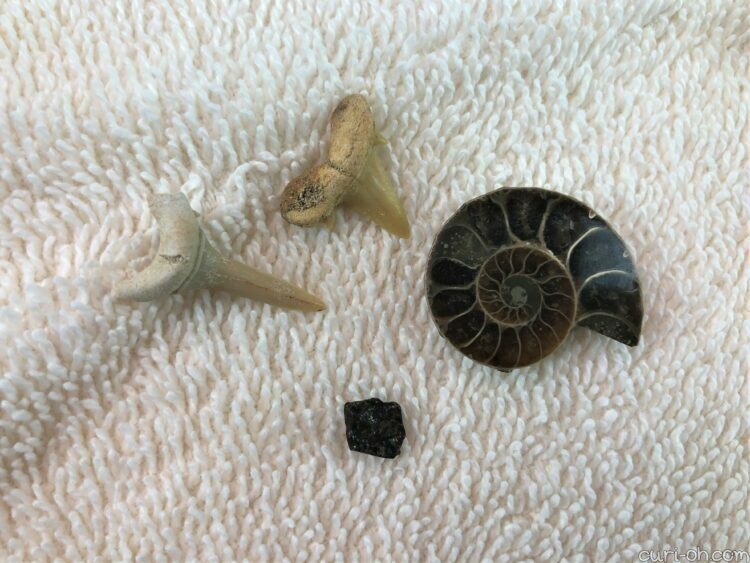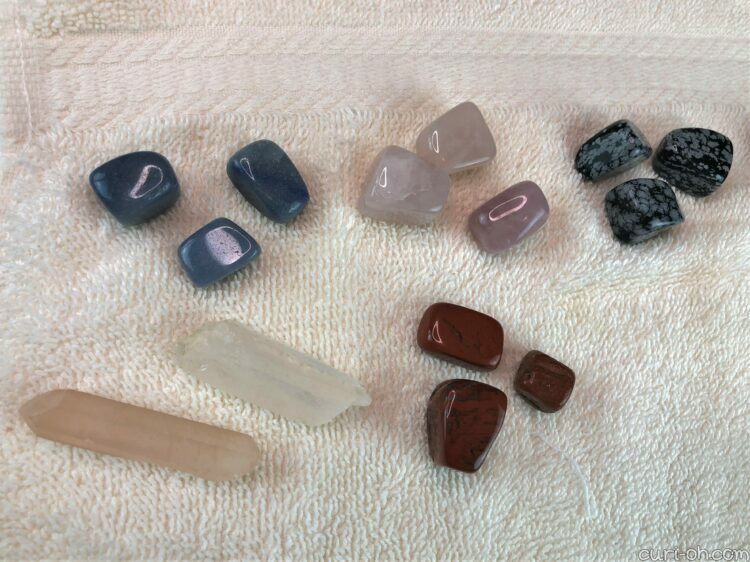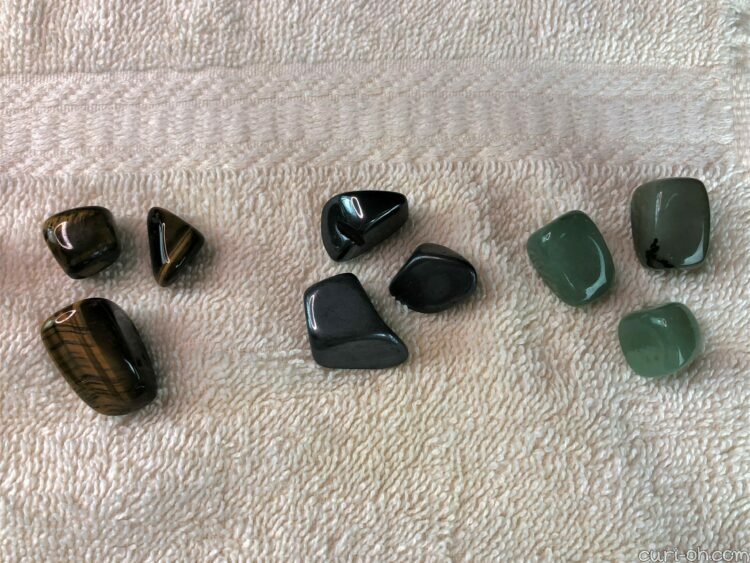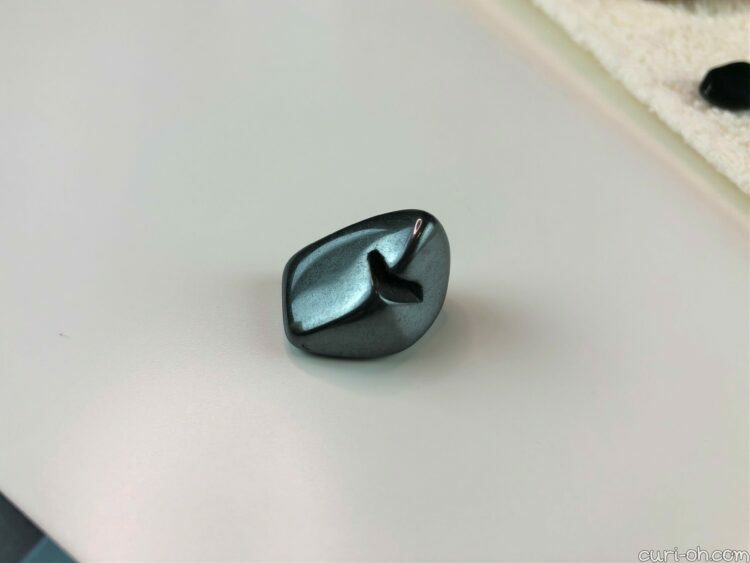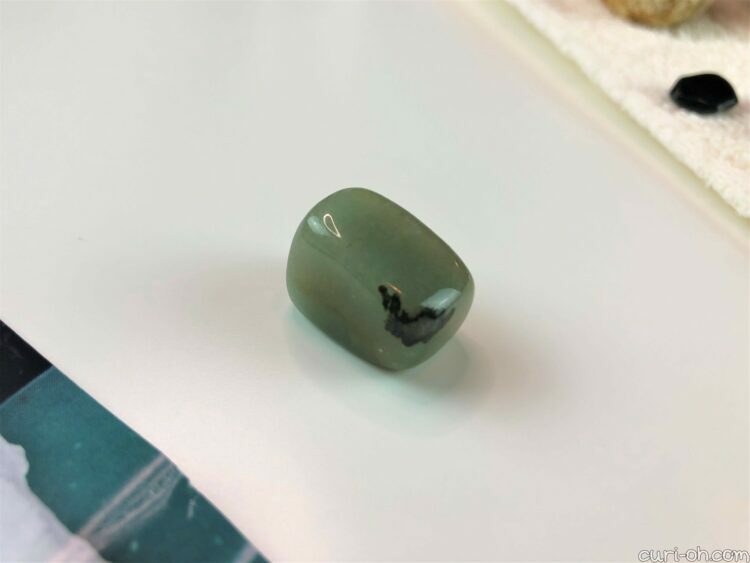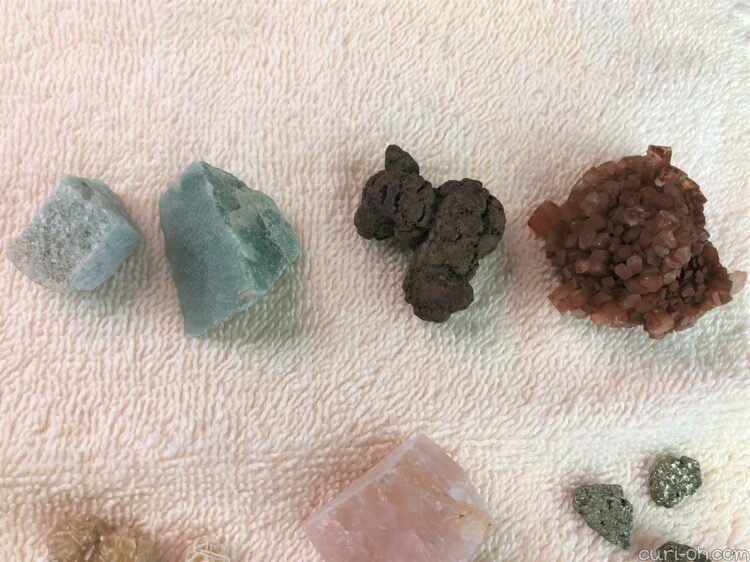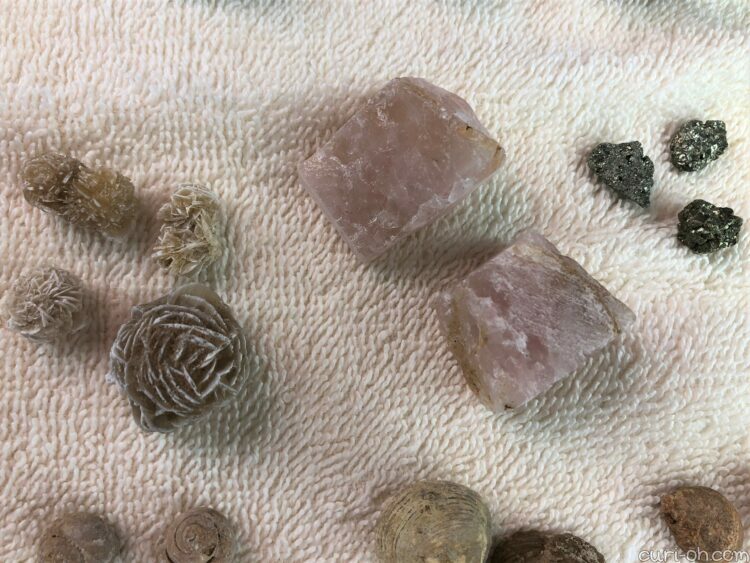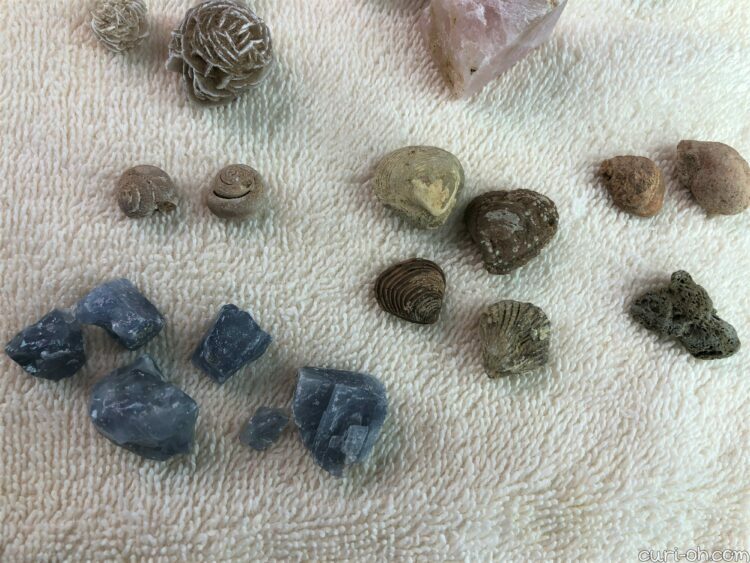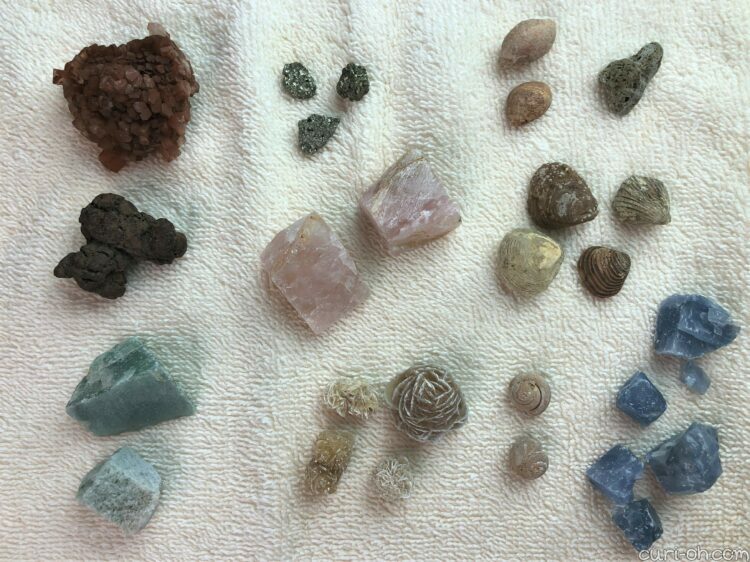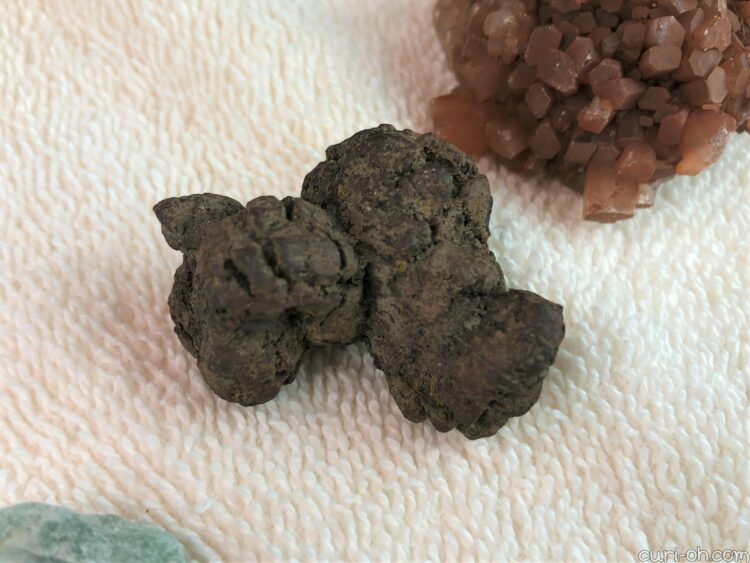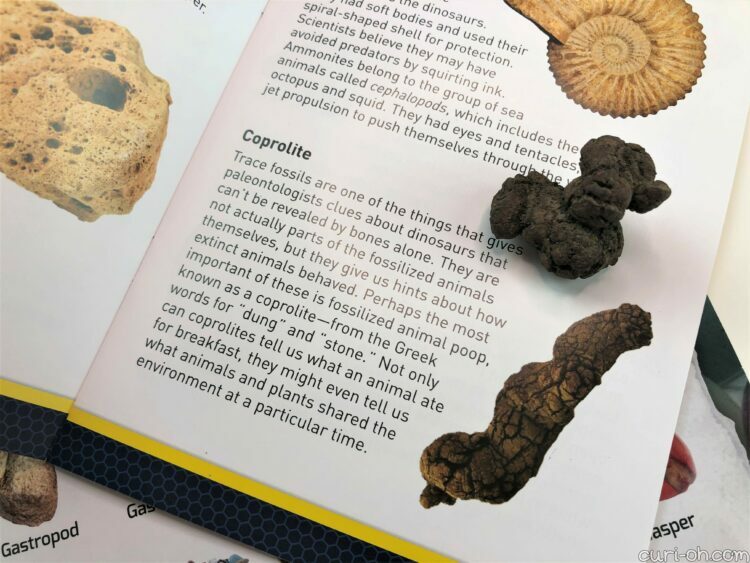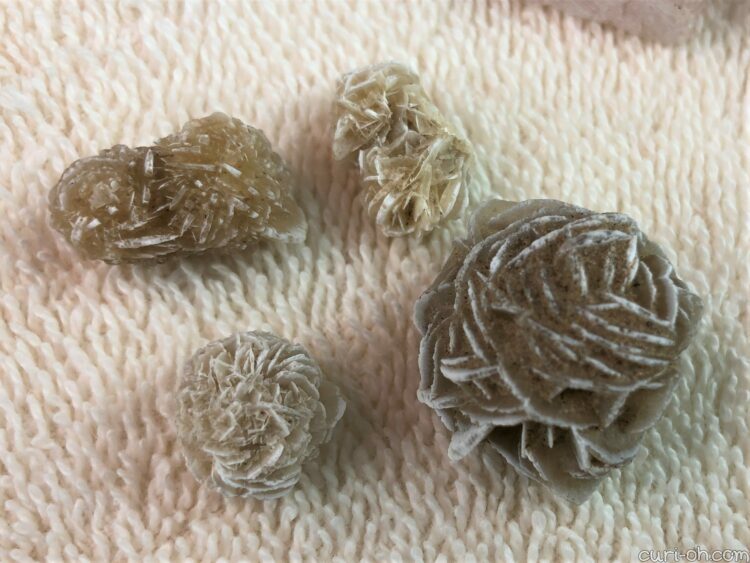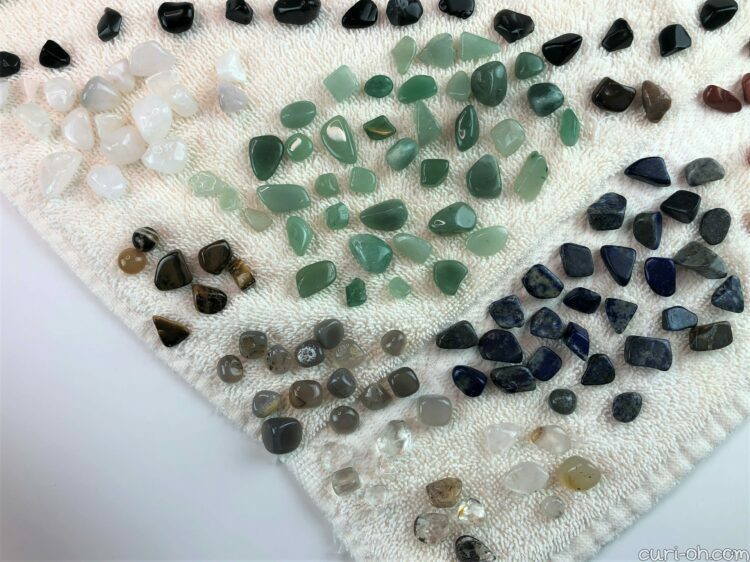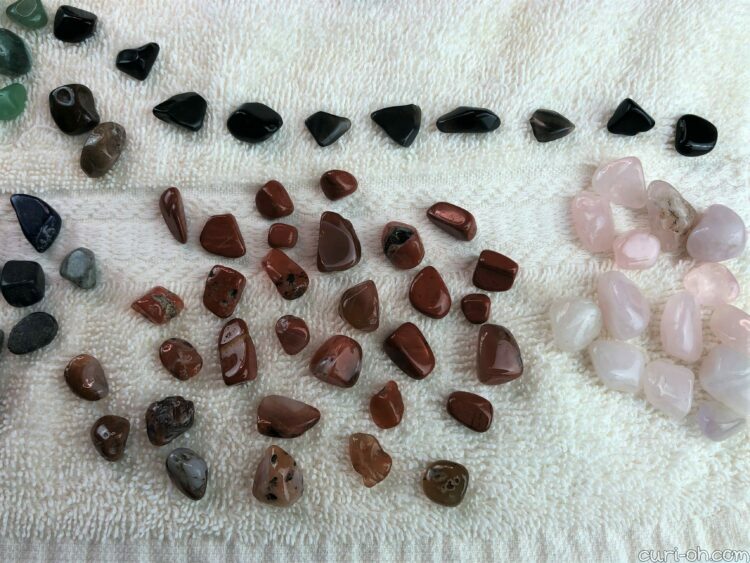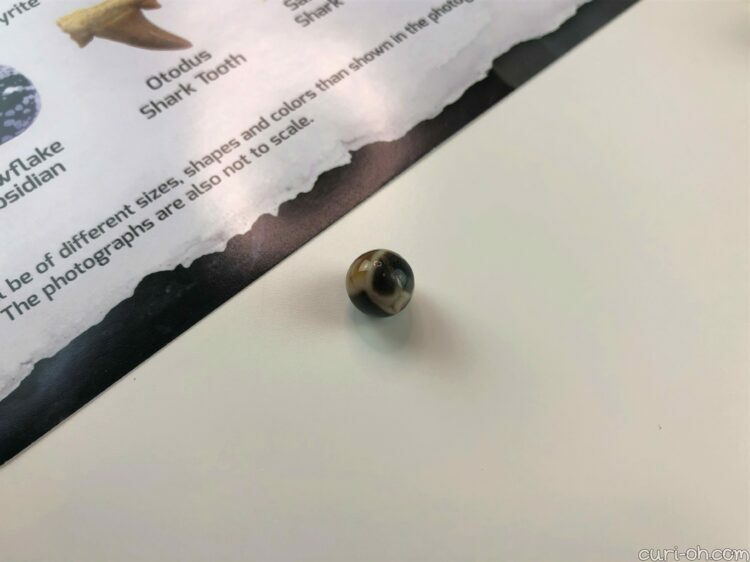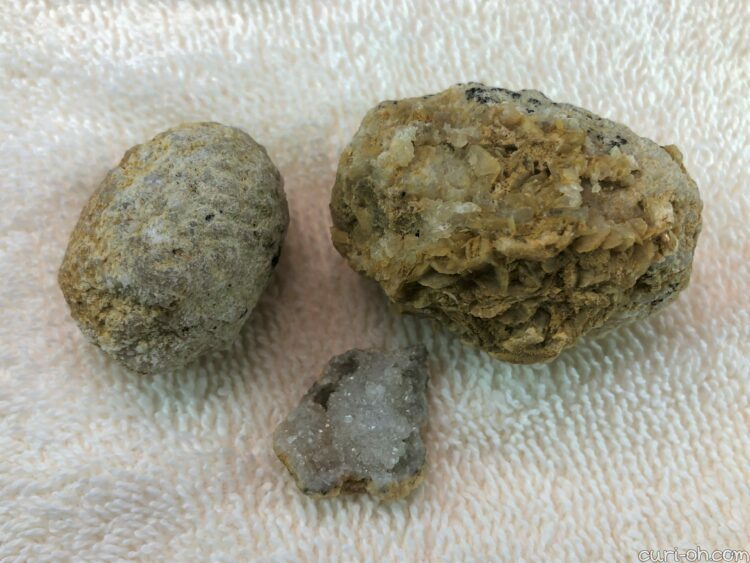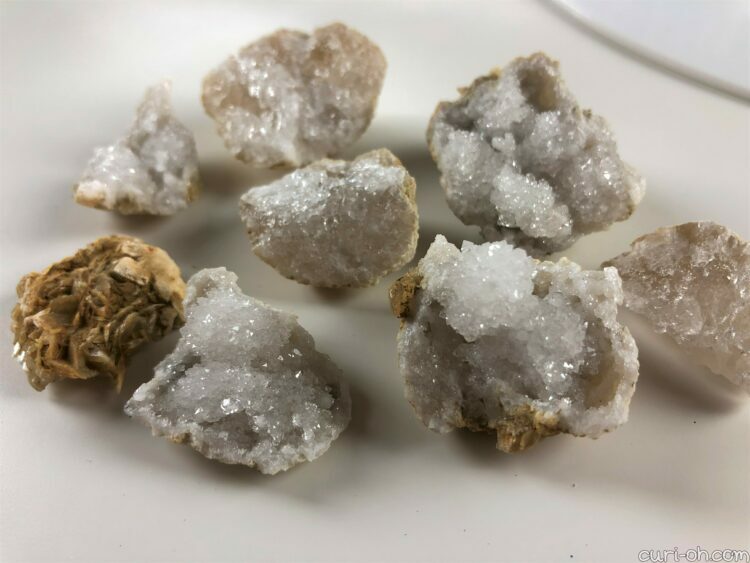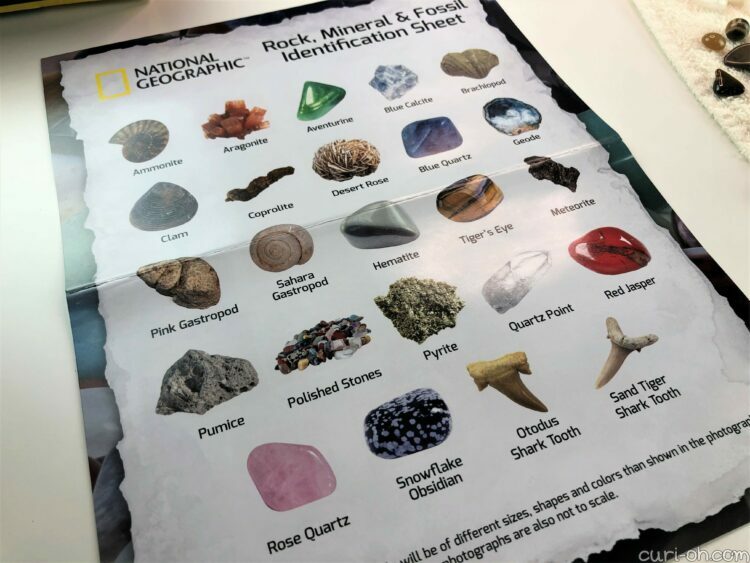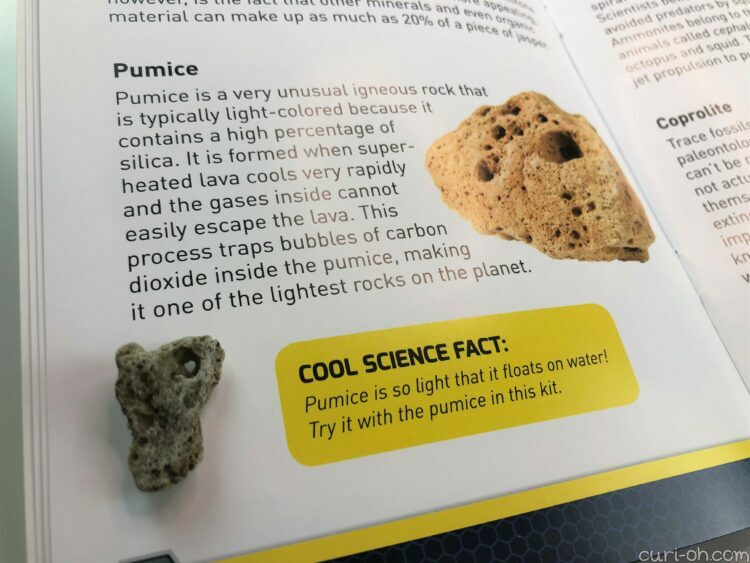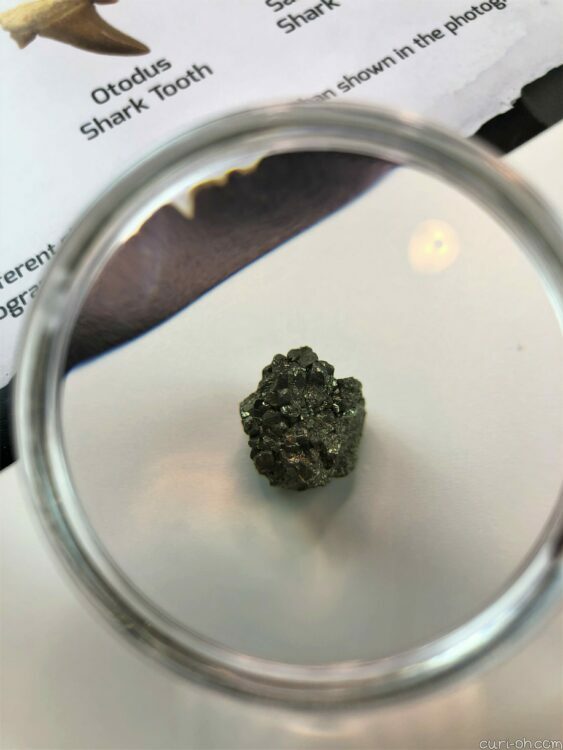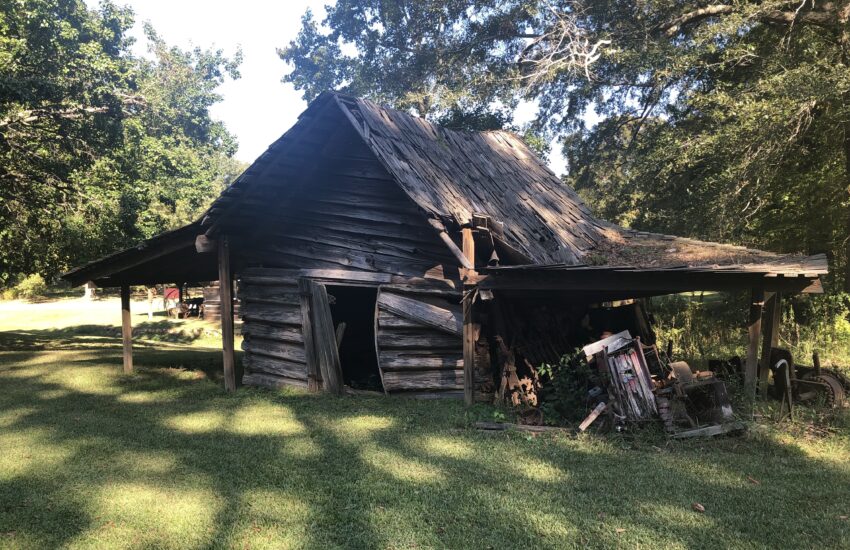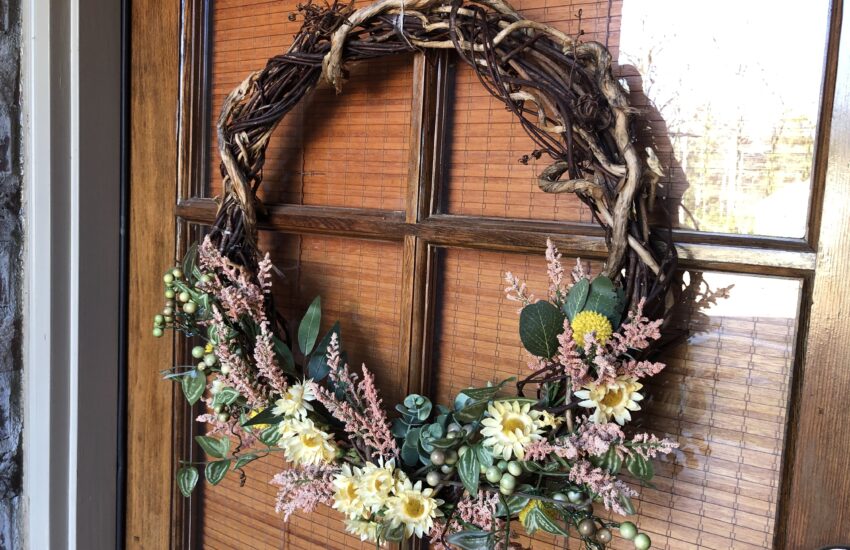A Look Inside the National Geographic Ultimate Rock, Mineral, & Fossil Kit
I hope you had a wonderful Christmas! It was certainly an unusual one for all of us celebrating around the world this year. My family held our gift exchange outdoors at a park and it was neat to do something different. It was a cold but beautiful day and we were able to follow social distancing recommendations with ease. Instead of gathering around a holiday table in a family member’s home, we had a picnic table with no food! One for the books.
Anyway, I was spoiled with gifts this year to such an extent that I feel bad about it. Among them, my husband gave me a rock tumbler. I am thrilled over it! It is currently churning away out in my garage this very moment. All-in-all it will take about a month for the stones to reach their final stage, so this kit which he gifted me too was perfect to satisfy my rock-related excitement in the meantime.
I thought I would show a deep-dive into the kit for anyone who is interested. I spoke of my love of rocks and my family history of rockhounding in my recent post on rock art, but long story short: rocks are a big deal in my family! We love searching for them and learning about them. For me I think it is the same motivation that drives my love of thrifting: the thrill of the hunt and the satisfaction in finding something meaningful and unique. Only with rock hunting you benefit from an interconnection with the outdoors and natural history.
Of course I didn’t find these – I wish! – but neat rocks are fun to appreciate however you come by them. So let’s dive in!
The National Geographic Ultimate Rock, Mineral & Fossil Activity Kit includes:
- Learning Guide
- Identification Sheet
- Magnifying Glass
- Storage Pouch
- 5 sets of rocks and fossils
Of course, “specimens may vary” as is noted on the box, but here’s what mine had inside.
BAG #1 (errr… cube…)
First up was a hardshell cube stuffed with protective padding which contained some of the more fragile specimens. Here we have a cut and polished ammonite, an otodus shark tooth, sand tiger shark tooth, and a tiny chip of meteorite. The points of the teeth are still sharp! The ammonite was my favorite from this batch. The interior is stunning.
BAG #2
This bag contained polished stones and included blue quartz, rose quartz, snowflake obsidian, red jasper, quartz crystals, tiger’s eye, adventurine, and hematite. These were all stunning and I believe I have a few of these varieties currently in my rock tumbler.
My favorites here were the hematite piece with the interesting cut and the adventurine with an inky marking inside.
BAG #3
The next bag contained the rough stones and fossils and included calcite in pink, blue, and green, aragonite, desert rose, coprolite, pyrite (fool’s gold), sahara gastropods, pink gastropods, clams, brachipods, and pumice.
The coprolite was a standout here. When I pulled it out of the bag I immediately carried it to my husband and said, “Hey this 100% looks like a turd.” Well, that’s because it is. It’s a fossilized poo. Learning is fun.
The desert rose was also interesting to me because I don’t recall seeing it before. It is another form of crystal.
BAG #4
This was a large bag with a ton of small polished stones. A lot of these seem to be smaller versions of those found in bag #2, though some seem less exotic.
My absolute favorite here is this perfectly round one. I’m not sure what it is, but it looks just like a marble.
BAG #5
I’ve saved the most exciting for last. Depends on how exciting you find smashing things with a hammer though I guess. The final bag contained two unbroken geodes and a slice of an opened one. These don’t look particularly exciting I know. Well, one at least has some shiny bits on the outside. The other looks like a usual and boring rock that I would certainly never pick up. But as we all should know, it’s what’s inside that really matters!
Geodes are hollow inside and contain beautiful crystal formations. They are so much fun because you never know what you will get inside until you crack them open. The book did not give any instructions for cracking them open, but after some online research, I decided to use a blade screwdriver as a chisel and a household claw hammer to tap gently around their equators to hopefully get a clean break in half. However, they were just too small for this, so I had to just smash them with the hammer. After that, I can see why eye protection is recommended! The pieces shot out in all directions with a surprising amount of force. I wore safety goggles and a face mask to avoid breathing in any dust.
I had hoped for exotic colors of course, but they just looked like the other chunk. Still fun and still beautiful though.
Between the identification sheet and the learning guide, identification was a breeze. The magnifying glass works too and I found it useful on smaller pieces such as the pyrite.
This was a fun kit. I thoroughly enjoyed it. Now I’m trying to decide what to do with some of these gorgeous stones. Maybe I can find a giant vintage glass jug and fill it with the polished stones from this set and the beauties to come from my rock tumbling. I can also see them being useful in craft projects, though I don’t have anything specific in mind yet.
Thanks for reading!

